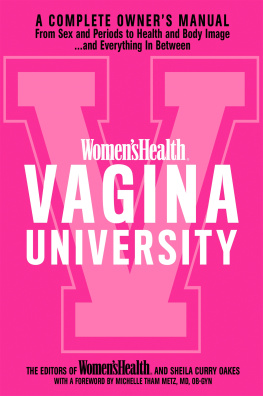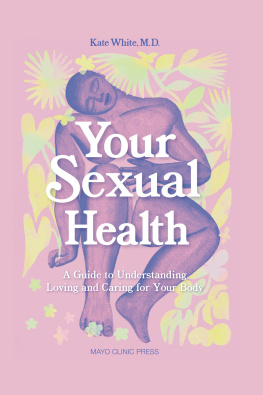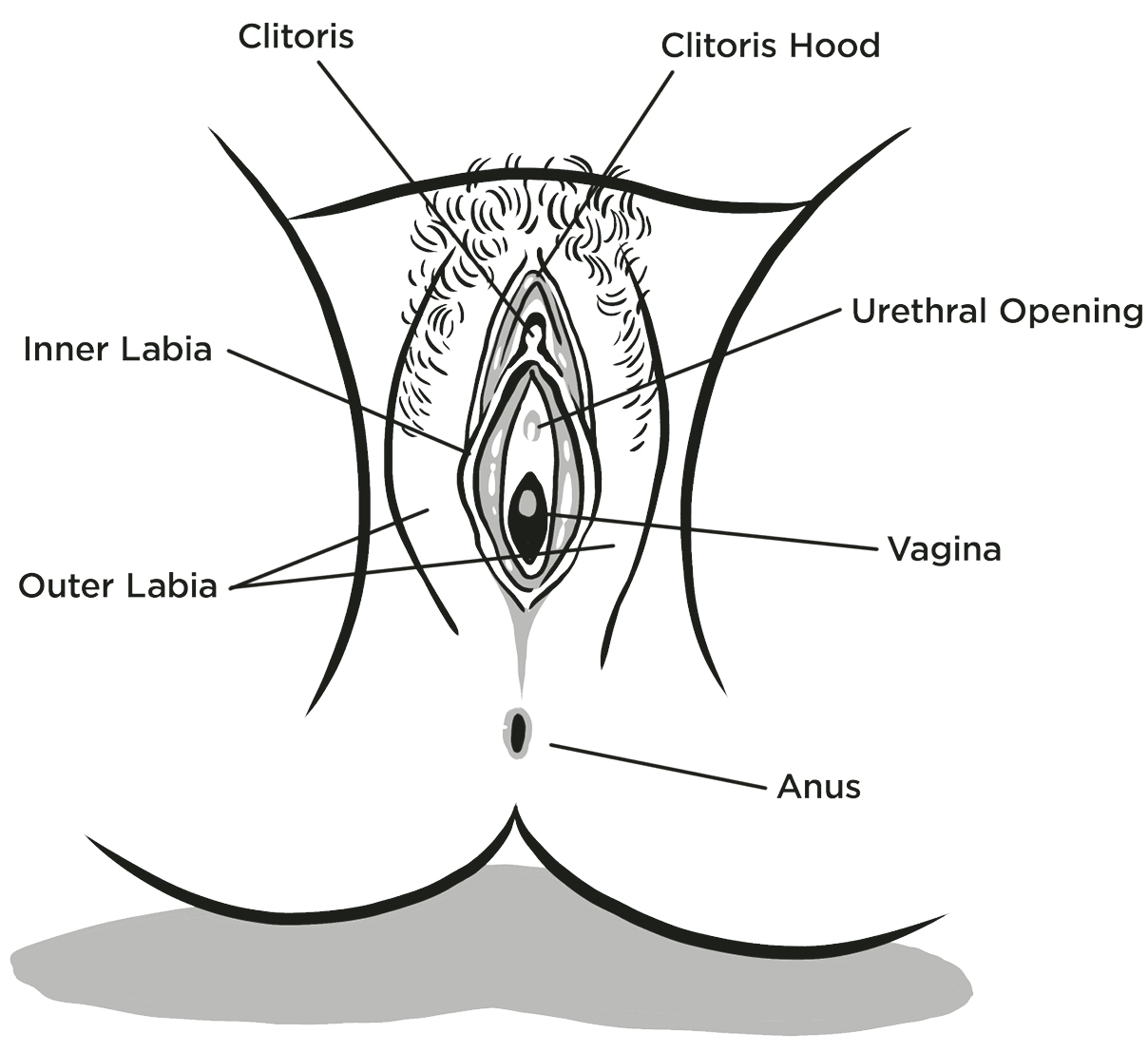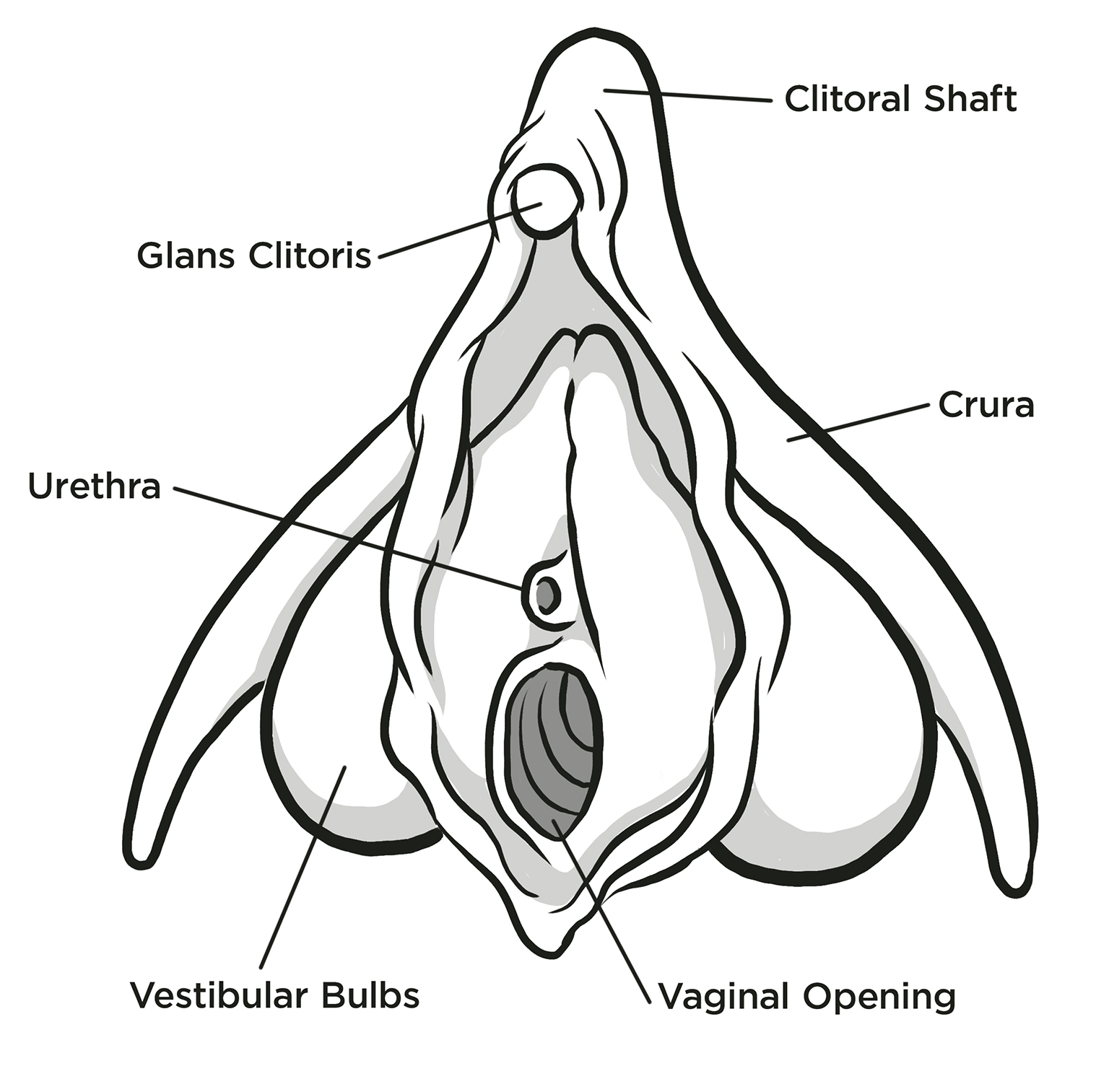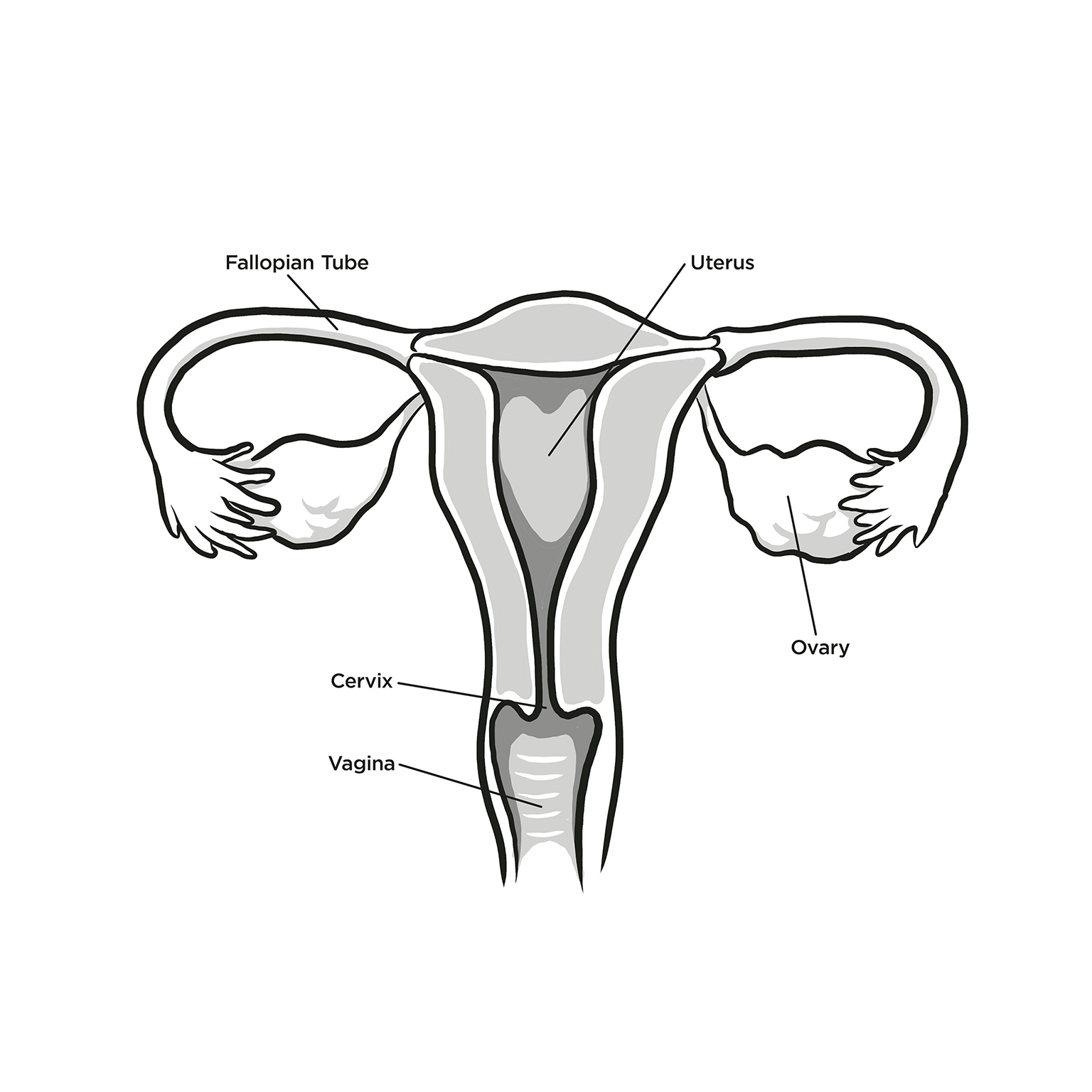Contents
ACKNOWLEDGMENTS
Women need to help each other out with information, support, and even a little inspiration, so Im happy to have worked with some great women to make this book possible.
The editors of Womenshealthmag.com have been giving women the information they need to navigate with world of womens health, relationships, and more in articles that cover the issues in an accessible and informative way. Thank you, editors, for getting the issues out there and providing such excellent source material for this book.
To Wendy Sherman, thank you for your support and belief that I could get the job done.
To Allison Janice, thanks for your enthusiasm and commitment to this project. You are a true advocate for women!
To everyone at Rodale who helped to dot the I s and cross the T s, I am grateful for your contribution.
Finally, thank you to my family for their support and understanding.
Sheila Curry Oakes

ANATOMY 101: VULVA OR VAGINADEMYSTIFYING DOWN THERE
THERE SEEMS TO BE a taboo about talking about a womans lady parts.
When was the last time you heard someone say vagina loud and proud? Even when speaking to girlfriends, the v-word, if spoken at all, is often whispered or referred to with some sort of overly cute or silly euphemism. Lets just agree to stop this right now. Culturally, we seem to want to keep our private parts, well, private. But even if you dont ever say the word aloud or prefer to use a nickname, you should know the proper names for your genitals. No worries if you are shy about discussing ityou arent the only one. Many women dont like to talk about down there. The thing is, if you ignore a part of your body, never get to know proper terminology, and dont become familiar with its appearance, you are cutting yourself off from important knowledge that can have a significant impact on both your sexual wellness and your overall health.
While you might not want to bust out the vagina/vulva talk in the middle of a business meeting or at the dinner table, it is a good idea to be able to name and claim all aspects of your bodyits actually empowering. Some women become uncomfortable discussing these specific parts of their anatomy, not only in casual conversation with friends but even with their doctors or gynecologists, which doesnt make for a particularly productive appointment. Its bad enough that you are having the conversation while you are concentrating on keeping your behind covered with a paper gown; take back some control of the situation by knowing whats what and where it is and what its called and what it is for. Understanding the proper names and location of the parts of your genitals also makes good health sense, because if an issue comes up you will be able to give accurate information to your health-care professionalwithout whispering or blushing. Well, maybe you will blush, but at least you will be whispering the accurate names of your girl parts. And because you will be speaking the same language, youll also know just what your doctor is talking about when he or she works with you to resolve any issues.
EXTERNAL ANATOMY
If you, like many women, have been generally referring to the area between your legs as your vagina, you may be surprised to learn that you have been calling it by the incorrect name. Or the less-than-specific name. Its really common, so dont be embarrassed. Most people call the whole kit and caboodle the vagina, but there is a lot more going on down there.
VULVA
What many call the vagina is actually the external genitalia, technically called the vulva, and is where the pubic hair growsunless youve been waxing, shaving, and plucking (more on that later). The vulva is made up of the pubic mound, or mons pubis, which is fatty tissue over the pubic bone, as well as the inner and outer lipsaka labia majora and labia minora.
LABIA MAJORA
The labia majorasometimes called the outer lipsis the protective layer of fat covered by skin and hair and the most visible part of your vulva. These outer folds help protect your pubic bone when you are having sex. They give a little cushion when you are pushin.
LABIA MINORA
The more sensitive, thinner, and usually smaller hairless area within the outer lips is called the labia minora, or inner lips. These folds of skin surround and protect the opening to the vagina, the clitoris, and the opening to the urethra. The labia protect the vagina from bacteria, and they also play a significant role in arousal, because hiding at the top of the labia minora, under the clitoral hood, is the infamous clitoris.
CLITORIS
That little love button known as the clitoris takes refuge under a hood because it is so sensitive that it needs to be protected from overstimulationthere are over 8,000 nerve endings in that tiny organ alone, which is twice the amount in a penis. There is more to the clit than meets the eye however: The clitoral glansthe technical term for the visible little nub of the clitorisis the just the tip of an internal organ that extends in a shaft toward the pubic bone, surrounding the vagina, and splits into two legs that are shaped like a wishbone. Composed of erectile tissuemeaning it fills with blood and swells when arousedthis organ contains an additional 15,000 nerve endings, making it the pleasure center in bodies that have them.
LUCKY YOU!
The clitoris is the only part of the human body that has one sole purposepleasure!
URETHRA
This tiny opening underneath the clitoris is tough to see, but rest assured that its there and its the end of a tiny tube leading from your bladder where urine exits the body.
INTERNAL ANATOMY
Although out of sight, parts of your internal anatomy are key players in sex, sexuality, pleasure, satisfaction, and, yes, procreation.
VAGINA
The external anatomy is the gatekeeper, and it protects the internal anatomy, aka the vagina. Your vagina is essentially a tube that is anywhere from approximately 4 to 7 inches long (depending on the woman)about the length of a tube of lip gloss to the length of a pen. The vagina is very versatile and is involved in sex/sexual activity (it can accommodate penises, fingers, tongues, and sex toys), allows menstrual blood to flow out of the body, and is the canal the baby travels down from the uterus when it is born. The interior walls of the vagina can be a bit lumpy and bumpy because there are folds in the lining that allow the vagina to expand for sex and delivering a baby. The vagina also has nerve endings that respond to stimulation and cause pleasure, just not as many as the vulva or clitoris.
BARTHOLINS GLANDS
Found on either side of the lower end of the vaginal opening, Bartholins glands help lubricate the labia and vagina during sex. The lubrication begins when you are aroused, also known as getting wet, and is essential in protecting the delicate tissues from injury due to friction from overenthusiastic sex, strenuous exercise, or from those too-tight jeans that look great but dont feel so great.
TILTED UTERUS
Some women have what is known as a tilted uterus, meaning that instead of their uterus looking like the diagrams on the instruction in the tampon boxes, it tilts toward the front or goes straight up. If you are told you have a tilted uterus, it is usually no big deal. The only thing you might notice is that you may have some pain in certain sexual positions (like woman on top) because the penetration may make contact with your tilted uterus. If you experience unusual levels of pain during intercourse, speak with your doctoronly the doc can tell for sure. Ask your gyno at your next appointment to find out if you are one of the 30 percent of women who have a tilted uterus.

